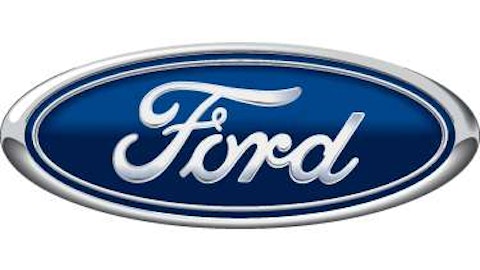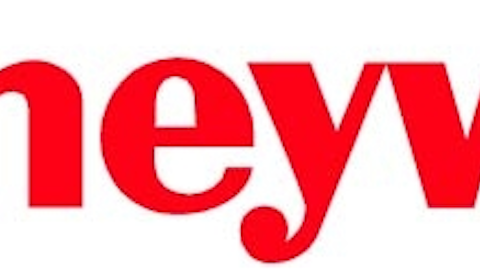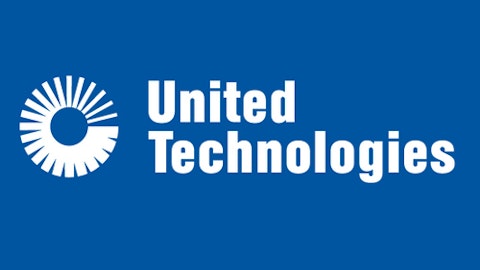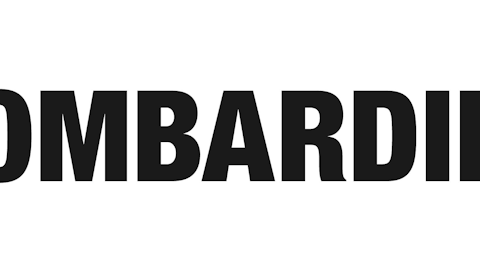With the commercial debut of The Boeing Company (NYSE:BA)’s 787 “Dreamliner” aircraft in 2011, and Airbus’ anticipated introduction of the A350 sometime in 2014, the shift towards replacing aluminum and titanium with carbon fiber composites in aircraft bodies is already well underway. Carbon composites offer significant weight and strength advantages versus aluminum, which leads me to believe that this trend will only continue to strengthen in the coming years. Investing in major aerospace carbon fiber composite suppliers such as Cytec Industries Inc (NYSE:CYT) and Hexcel Corporation (NYSE:HXL) could prove a savvy way for investors to participate in this secular trend within the aerospace industry, as the increasing use of carbon fiber in aircraft bodies could provide a very long growth runway for these two companies to take flight.
A Long Runway for Growth
Aircraft manufacturers are aiming to incorporate more and more carbon composites in their aircraft designs because carbon composites offer a much higher strength-to-weight ratio than traditional aerospace metals such as aluminum or titanium. Thus, using aerospace carbon fibers allows an airplane to be both lighter (and therefore more fuel-efficient), as well as stronger than a metal frame plane. The new Boeing Company (NYSE:BA) 787 Dreamliner, for example, is roughly 50% carbon fiber by weight, which is orders of magnitude greater than earlier planes such as the Boeing 767 and 747, which had less than 10% of their weight comprised of carbon fibers. As a result, the Dreamliner is 20% more fuel-efficient on average than a similarly sized The Boeing Company (NYSE:BA) 767.
The demand growth for aerospace composites can come from three different avenues. The first is the greater use of composites per plane, as exemplified by the Dreamliner using well over five times the amount of carbon composites per aircraft than its predecessor, the Boeing 767. The second is the exponential increase in the number of carbon fiber-intensive aircraft that will be manufactured. The Boeing Company (NYSE:BA) delivered 46 Boeing 787’s in 2012, and 17 so far in 2013 (as of the end of June). However, the company has 864 unfilled orders still in its backlog, with this backlog continuing to grow as we speak. Even if some of these unfilled orders are eventually cancelled, that is a lot of Dreamliners that have to be built, which will lead to a corresponding increase in aerospace carbon fiber consumption. Once Airbus’ competing product, the A350, reaches commercial production, the demand growth for aerospace carbon composites will only accelerate.
Finally, carbon composites will likely be used more and more in future aircraft platforms beyond just the Boeing 787 and the Airbus A350. Carbon composites are already a huge component in state-of-the-art fighter planes such as the F-22, and as carbon composite technologies become more refined and affordable, I think that it will eventually be used in future narrow-body airplane platforms alongside wide-body platforms such as the The Boeing Company (NYSE:BA) 767. New aircraft platforms that will consume a heavy dose of carbon composites could continue to lengthen the growth runway for aerospace carbon fiber demand long after the Boeing 787 ceases production.
Cytec and Hexcel Look Like Winners
I believe the two companies best positioned to capitalize on the secular growth story for aerospace carbon fibers are Cytec and Excel, both of which supply aerospace carbon composites to aircraft manufacturers. In its May 2013 investor presentation, Cytec projected that roughly 50% of its 2013 revenue would be generated by its aerospace materials division, which is primarily dedicated to supplying carbon fiber composite parts for airplane manufacturers. Cytec Industries Inc (NYSE:CYT) essentially doubled down on its aerospace materials business during the last few years by divesting lower-margin, unrelated businesses such as its building blocks and coating resins businesses, and acquiring British aerospace composite supplier Umeco in July 2012. Like its competitor Cytec Industries Inc (NYSE:CYT), Hexcel is also heavily levered to the airplane carbon composites revolution, with 60% of its 2012 sales tied to the commercial airplane market.
Neither company is trading cheaply, with Cytec trading at roughly 21 times trailing twelve month (TTM) at the end of June 2013, after incorporating retroactive financial statement changes that the company announced on July 8, 2013 to reflect pension accounting revisions. By that same measure, Hexcel Corporation (NYSE:HXL) also traded for roughly 21 times TTM earnings at the end of June 2013. However, when one considers the long runway for profitability growth that the aerospace carbon composites market is positioned to enjoy due to the ongoing secular shift from metals to carbon fiber in aircraft bodies, the higher-than-average valuation multiples for industry players Cytec and Hexcel Corporation (NYSE:HXL) may very well be worth paying, in my opinion.
The article How to Profit from the Next Big Thing in Airplane Innovation originally appeared on Fool.com and is written by John Park.
John Park has no position in any stocks mentioned. The Motley Fool has no position in any of the stocks mentioned. John is a member of The Motley Fool Blog Network — entries represent the personal opinion of the blogger and are not formally edited.
Copyright © 1995 – 2013 The Motley Fool, LLC. All rights reserved. The Motley Fool has a disclosure policy.






